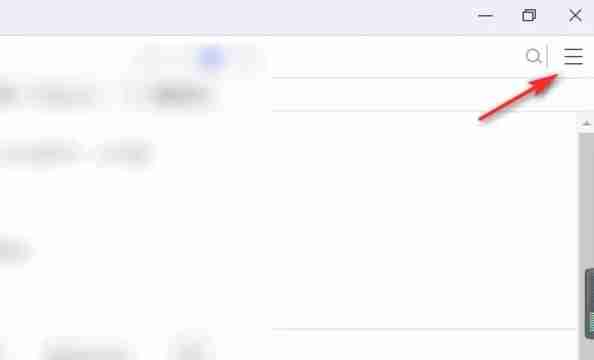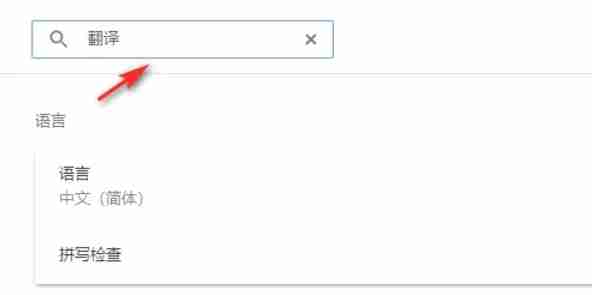Animal Crossing: Pocket Camp Complete - Where to Farm Snacks
Mastering Google Chrome's Web Translation: A Comprehensive Guide
This guide provides a step-by-step walkthrough of how to efficiently translate web pages using Google Chrome, covering whole-page translation, selected text translation, and personalized translation settings. Follow these instructions to seamlessly navigate multilingual websites.
Step 1: Accessing the Settings Menu
Locate and click the Chrome menu icon (usually three vertical dots or three horizontal lines) in the upper right-hand corner of your browser window.

Step 2: Navigating to Settings
In the dropdown menu, select the "Settings" option. This will open Chrome's settings page.

Step 3: Locating Translation Settings
At the top of the settings page, you'll find a search bar. Enter "Translate" or "Language" to quickly find the relevant settings.

Step 4: Accessing Language Settings
Once you've located the translation settings, click on the "Languages" or "Translation" option.
Step 5: Managing Languages
In the language settings, you'll see a list of supported languages. Use the dropdown menu to add, remove, or rearrange languages as needed.

Step 6: Enabling Automatic Translation
Crucially, ensure the "Offer to translate pages that aren't in a language you read" option is enabled. This will prompt Chrome to automatically offer translation for pages in languages other than your default language.
By following these steps, you can leverage Google Chrome's powerful translation capabilities for a smoother, more efficient multilingual browsing experience.
-
Halfbrick Studios has launched a new title for Android. The developer is famous for hits like Fruit Ninja, Dan the Man, Jetpack Joyride, and Battle Racing Stars. This latest release, Halfbrick Sports: Football, is a fast-paced 3v3 arcade soccer experAuthor : Zoey Dec 19,2025
-
EA and Maxis have unveiled an exceptional 25th-anniversary celebration for The Sims franchise. Both The Sims 1 and The Sims 2 are making a triumphant return to PC through two Legacy Collections and a special bundle package.Digital Rebirth of ClassicAuthor : Hazel Dec 19,2025
-
 Magic Blocks: Puzzle DropdomDownload
Magic Blocks: Puzzle DropdomDownload -
 Hitomi's Sick PleasureDownload
Hitomi's Sick PleasureDownload -
 Barber Shop - Simulator GamesDownload
Barber Shop - Simulator GamesDownload -
 Move-it! Charades (Mexa-se!)Download
Move-it! Charades (Mexa-se!)Download -
 Skibidy Toilet Music Tiles HopDownload
Skibidy Toilet Music Tiles HopDownload -
 AstreonDownload
AstreonDownload -
 Classic Solitaire Collection - Best Card GamesDownload
Classic Solitaire Collection - Best Card GamesDownload -
 RWBY Rise Of The White FangDownload
RWBY Rise Of The White FangDownload -
 Spider Lego Battle TransformDownload
Spider Lego Battle TransformDownload -
 Pocket Land ModDownload
Pocket Land ModDownload
- Wuthering Waves: Uncover the Secrets of Whisperwind Haven's Palette
- Mastering Two-Handed Weapons in Elden Ring: A Guide
- Roblox Simulator Codes: Unlock Exclusive Rewards!
- Top 25 Palworld Mods to Enhance Your Game
- Ultimate Guide to Shinigami Progression in Hollow Era
- Karl Urban Debuts as Johnny Cage in Mortal Kombat 2












